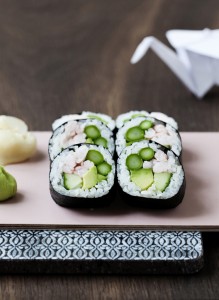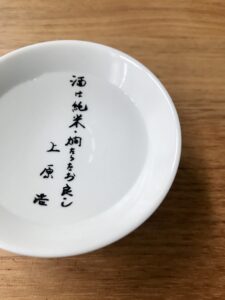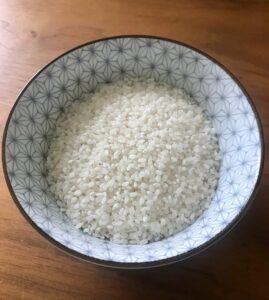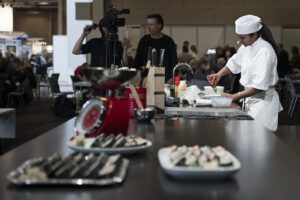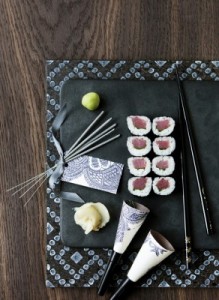
Are you also one of those who love sushi, but find it too expensive to buy out every time?
Or do you just want to impress your friends and family with your own homemade sushi?
Then a sushi course might be just what you need!
With a sushi course, you not only learn the art of making tasty sushi rolls, but you also learn how you can save money by making your own sushi at home. You can choose your own fresh ingredients and adapt the taste exactly to your wishes.
Sushi is not only delicious; it can also be a healthy and nutritious way to eat. With a sushi course, you learn to choose the best ingredients and raw materials, prepare them correctly and assemble the rolls in a way that gives you a balanced and nutritious meal.
Take a sushi course with friends or family and make it a social event.
It is not only a great way to learn, but it is also fun to make delicious sushi rolls together and share the experience. After the course, you can continue to organize sushi evenings at home, where you can enjoy your homemade creations.
Learning how to make sushi is not just a temporary skill – it is a lifelong skill. Once you learn the technique, you can enjoy delicious sushi exactly the way you want it, whenever you want.
Read more about Sushi course for beginners
_
Zoë has held sushi courses and cooking classes for A. P. Moller – Maersk, Hugo Boss Nordic, Novo Nordisk, Novartis, Velux, Gorrissen Federspiel, Beierholm revision, Elbek & Vejrup and many more.

